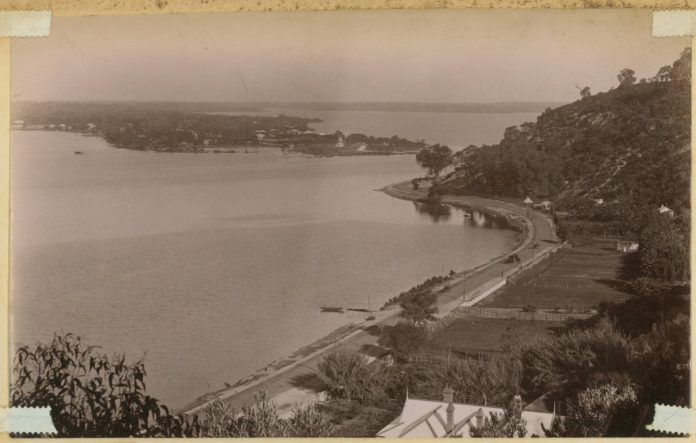Climate scientists around the world are faced with the challenge of rescuing old weather data before it’s lost to science forever. It’s not just a challenge for Australia, it’s actually part of a much larger effort to rescue old weather observations globally.
The Bureau of Meteorology was founded in 1908. This brought together the state meteorological services and took over responsibility for all weather records.
For weather records before that scientists have to rely on records kept by interested individuals and organisations such as the Perth Botanical Gardens and the old Perth Observatory on Mount Eliza.
Scientists from The Australian National University (ANU) are looking for volunteers to help create Australia’s longest daily weather record. There are still gaps in Perth’s records, particularly between the start of 1876 to the end of 1897. The researchers recently found old journals from 1880 to 1900, but they need help transcribing them through a citizen science project. For the 1876 to 1879 gap, summaries were published in the WA Yearbook in 1901 showing that daily observations were taken, but no one knows where they are or if they are still extant.
Caitlin Howlett, ANU citizen science and communications officer coordinates more than 1500 citizen scientists globally, most of them in Australia.
“There was a spike in the number of classifications made when lock down occurred in Perth. Perhaps people were looking for something interesting to do,” she said.
“Volunteers can be any age from students to seniors. All they need is Internet access, an interest in weather and the ability to read hand writing.
“They can spend as little as a few minutes or much longer towards the effort,” she said.
“Weather records in Perth go back to 1830. They are some of the oldest continuous, daily records in Australia, even though Western Australia was one of the later colonies to be founded. ANU provides images of the old records, so volunteers just need to transcribe them.
“ANU will provides copies of the documents, volunteers just need to transcribe old records. Often weather was recorded in older style English descriptive language. For example, we have come across ‘boisterous’ weather,” she said.
“This research is exciting, not only because of the history we uncover, but because it has cross-generational appeal.
“It engages students and young people in historical sciences, but also respects the knowledge of older generations, and gives them a chance to leave a positive legacy for future challenges.”
ANU project leader Dr Joelle Gergis says these historical records are critical for understanding Australia’s pre-industrial climate and how climate change has impacted extreme weather events.
“These weather journals are the oldest meteorological observations for Western Australia, and are likely to be the longest, near-continuous daily records for the southern hemisphere,” he said.
The researchers have already published Perth’s oldest weather records from 1830 to 1875, using 16 handwritten weather journals from the Swan River colonial settlement.
“This citizen science project will bridge the gap between historical observations we’ve already collected and the start of the Bureau of Meteorology’s daily records,” Dr Gergis said.
This is the first time historical weather observations from south Western Australia have been analysed in such fine detail.
“To date, the majority of historical data recovery efforts across Australia have centred on the colonial centres of south-eastern Australia. Recovering 19th century observations from south Western Australia is important as it is a globally recognised climate change hot spot,” Dr Gergis said.
Dr Linden Ashcroft from the University of Melbourne, who helped rescue historical weather in Australia, says the project is a way a practical way that people could contribute to climate science research.
“Perth’s climate is already changing. Global temperature increases are dragging our weather systems further south, meaning less rainfall for much of the south west,” she said.
“Rescuing these historical records will really improve our understanding of exactly how these changes are occurring, and what the future may hold.
“Detailed information about our past climate can help us better prepare for future extreme events – which we know are predicted to increase in frequency and severity.”
To get started, volunteers can access the project on the citizen science platform, Zooniverse: www.zooniverse.org/projects/caitlinhowlett/climate-history-australia.





























